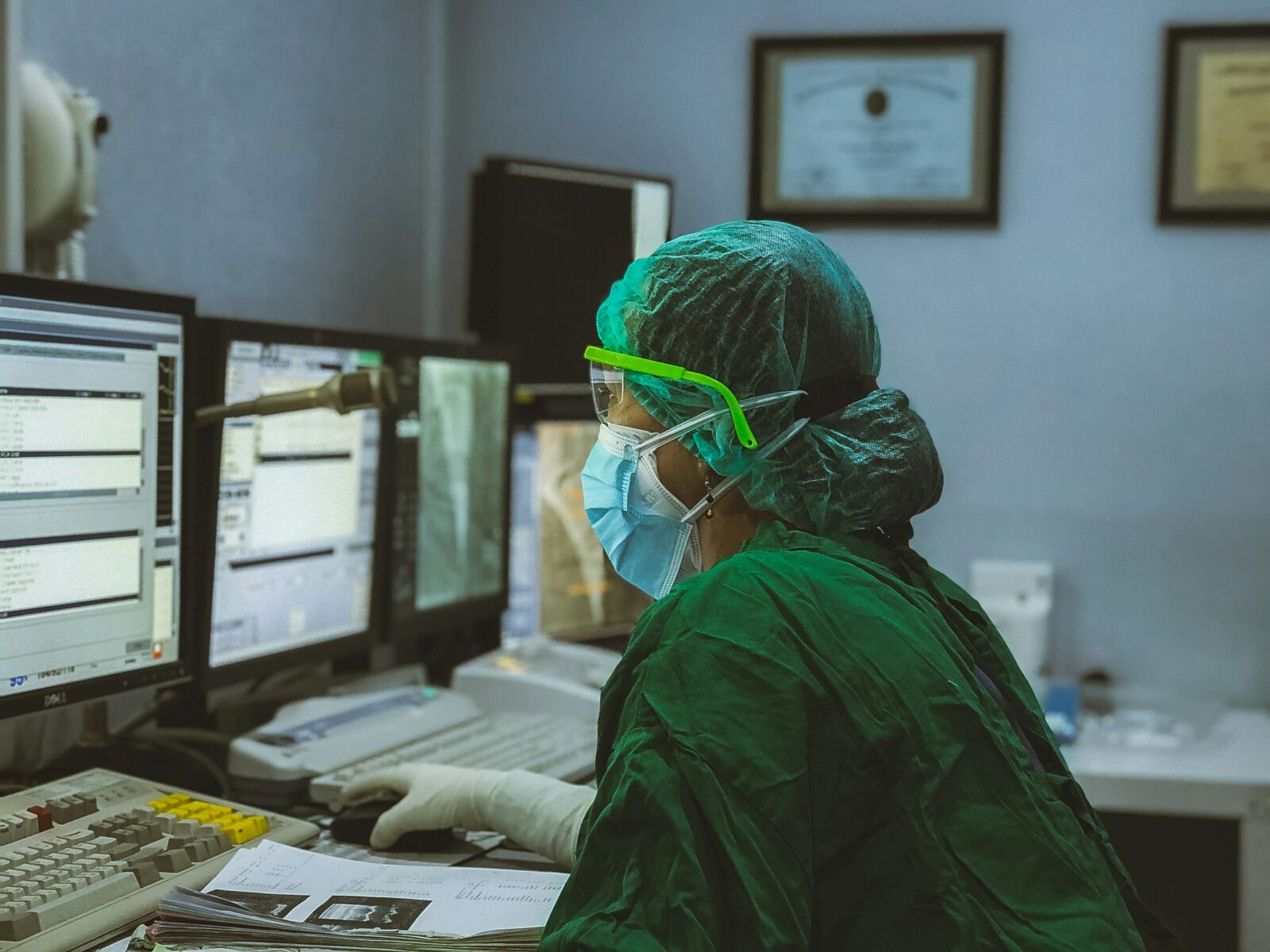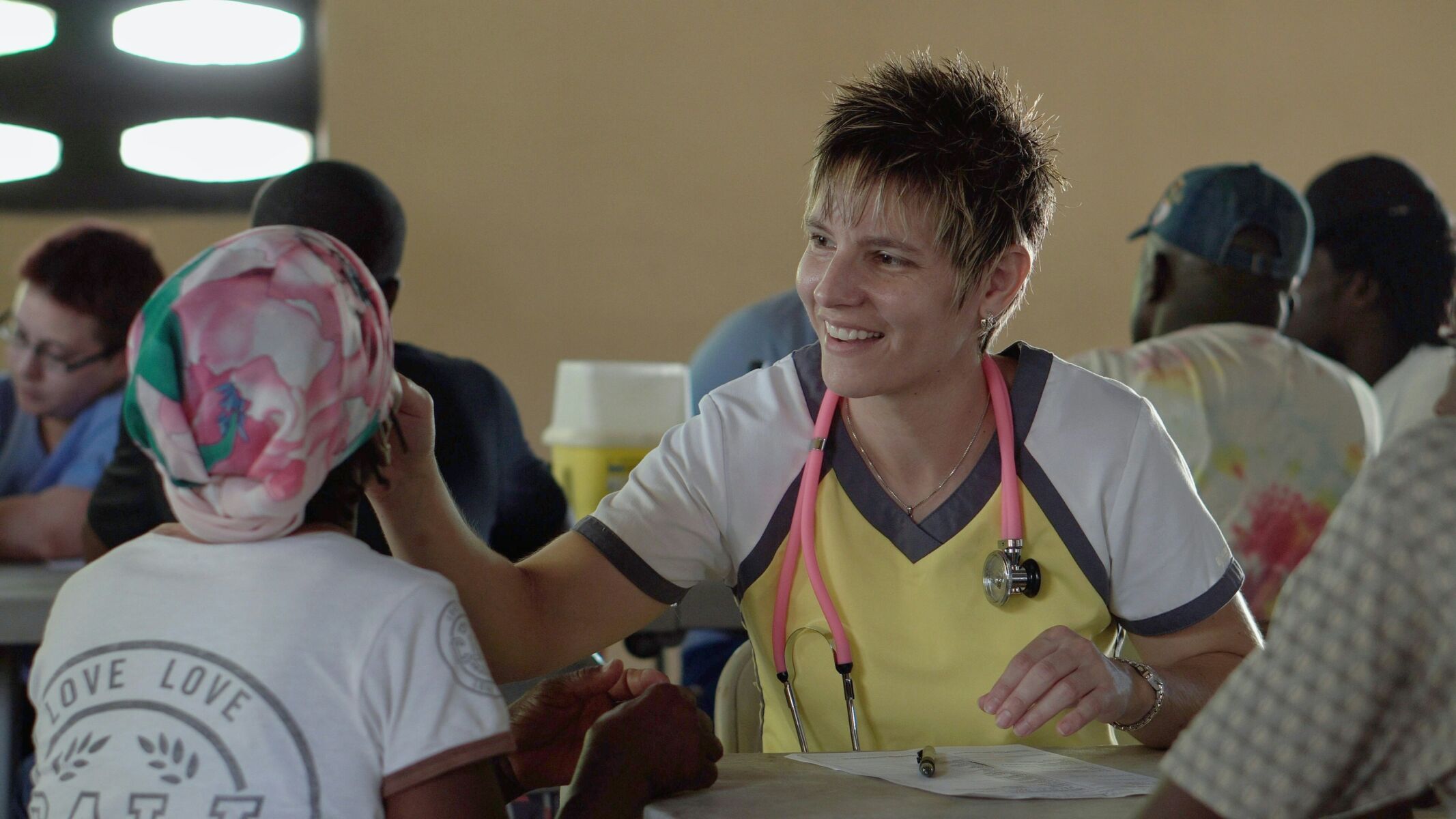What you need to know about the rising cases of medical treatment mishaps

Recent studies show a worrying trend: cases of harm from medical treatment mishaps have significantly increased globally over the past 30 years. According to a study published in BMJ Quality & Safety, incidents of patient harm rose from 11 million in 1990 to 18 million in 2019. This 59% increase surpasses the 45% growth in the global population during the same period.
Who is most affected?
The study reveals that older adults, especially those aged 65-69, are the most affected by these medical mishaps. In developed countries, more than half of these incidents are deemed preventable. In developing nations, this figure jumps to a staggering 83%.
Understanding the data
Researchers used data from the Global Burden of Disease (GBD) study, which covers 204 countries from 1990 to 2019. This study compiles information from various sources, including health facility reports and government records, to analyse the number of new incidents of patient harm worldwide.

Global trends in patient harm
Between 1990 and 2019, the global population increased by 45%. However, the number of patient harm cases due to medical treatment outpaced this growth, rising by 59%. The overall incidence rate in 2019 was 232.5 per 100,000 people, marking a 10% increase since 1990.
Regional differences
The incidence rates vary significantly by region and socio-economic status. For example, high-income regions saw their overall incidence rate rise from 515 per 100,000 in 1990 to nearly 823 per 100,000 in 2019. Conversely, low-income regions experienced a decline, with rates dropping from 155 to 141 per 100,000 during the same period.
A closer look at the numbers
France is a notable exception among high-income countries, showing a decline in patient harm incidents, particularly among individuals aged 50-70. This positive trend is attributed to a series of nationwide patient safety measures.
However, countries like the United States, United Kingdom, Australia and Canada exhibited among the worst rates of medical mishaps!

Factors behind the increase
The reasons behind the rising number of medical treatment mishaps are multifaceted. In wealthier countries, better monitoring systems and greater access to healthcare might contribute to higher reported rates. In contrast, lower healthcare utilization in less affluent regions leads to fewer reported cases.
Older adults at higher risk
Older adults are particularly vulnerable to medical treatment mishaps due to several factors. Age-related changes in drug metabolism, multiple health conditions, and the use of multiple medications increase the risk of adverse drug reactions. Cognitive and functional declines also complicate medication management in older populations.
Challenges in low-income regions
In low-income countries, data reliability is a significant issue. Many of these regions lack the infrastructure to accurately track patient harm, leading to reliance on predictive estimates. Despite these challenges, the global trend is clear: patient harm incidents are on the rise, particularly among older adults.

Moving forward
Addressing the growing issue of medical treatment mishaps requires a global effort. Improved monitoring and reporting systems, especially in low-income regions, are crucial for accurate data and better health policy decisions. As the global population ages and healthcare services expand, safeguarding patient well-being must become a universal priority.
The rise in medical treatment mishaps is a pressing issue that demands attention from healthcare providers, policymakers, and patients alike. By understanding the trends and taking proactive steps, patients can also know how to better prepare themselves and ask the right questions and do their due diligence for their own safety before embarking on any procedure or treatment protocols.
Why use a medical concierge service?
Given the complexities and risks associated with medical treatments, using a reputable medical concierge service like Phuket Surgery can make a significant difference. With nearly a decade of experience and a vast network of trusted medical professionals, Phuket Surgery provides access to the best doctors, clinics, and hospitals, ensuring safer and more effective procedures and treatments.
Latest Thailand News
Follow The Thaiger on Google News:


























